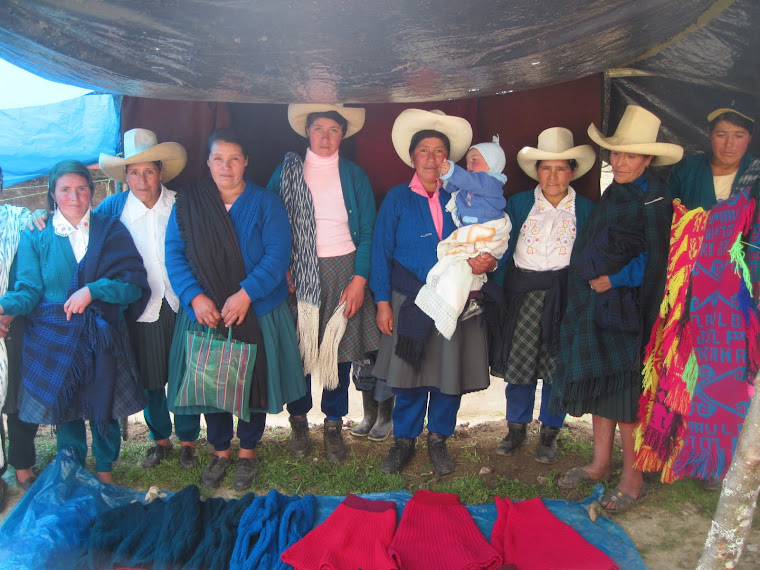

On April 10th Peru will have its national elections in which everyone over 18 is obliged to vote. It’s an exciting time, and while I’m largely outside of it, seeing I have no TV or access to national newspapers on a daily or even weekly basis, I’ve just been gauging sentiment around where I live. It’s interesting to me to see the smeared bright colored paint of different candidates strewn across the sides of houses made of adobe and cement, the way it mixes with the smoke stains from antiquated stoves that are making people sick. At first I loathed the way every house was turned into a campaign sign, and in some ways I still do. The paint just chips away and the slogan still remains, like those annoying reminders of Christmas in March because a neighbor won’t take down their decorations; it just leaves you feeling a bit nostalgic and a bit irritated that they put it up in the first place. I have discussions with Peruvians that range from ‘that’s the way it is here ‘ when mulling over corruption or things not getting done to Peruvians who are so passionate that this candidate will be ‘the one’ to hold people accountable that they barely touch the steering wheel. I have yet to meet someone without an opinion though, which is something I’ve come to respect. I think people who don’t have an opinion about politics don’t understand how much they stand to lose.
For me, speaking of politics here can’t be separated from speaking of my less than favorite theoretical word, ‘development.’ I was recently reading the Peruvian Nobel prize winner for literature, Mario Vargas Llosa, and he said something that summed up how I often feel about development here in Peru. He said ‘Peru is like an octopus, it has a strong center but it has wrangled weak limbs stretching out in every direction.” Living where I live, with the nearest larger town still being 6 hours from a ‘city’ it sometimes feels like this is the end of one of those limbs, but over the last 8-10 months that has been changing. When I first came up to Chota to visit my site, I remember being taken aback by how there is smooooth road out of Cajamarca city right until you pass Yanacocha, the worlds second largest gold mine. From there, a mere hour into your six hour journey, the road becomes unpaved and wobbly and you’re left to pray that the tires are in good condition. The reason that’s been changing is that different companies have been hired to pave the road, not only from Cajamarca city to Chota, but also from Chota down to the coastal city of Chiclayo. Chota has become a place where there is an influx of engineers buzzing around in orange vests setting off to work on the roads everyday, where foreign machinery and equipment has been brought in to pave the roads and make this incredible little isolated spot exposed to forces from both directions. It’s going to be so crazy to come back here just a few years from now, because it’s like you can already see the wheels of change in motion. Due to a lack of resources like certain machinery here in Peru, the Peruvian government has contracted out the paving of these roads and large infrastructure projects to foreign companies who can provide the machinery. What’s in it for these foreign companies? Well, they will have access to pillaging every square inch of mineral rich Andean terrain from here to sea level for the next who knows how many years. It all begs the question, yes, its ‘development’ but what century are we in again? Only this time around, it hasn’t taken the form of conquistadors; it’s coming from the head of the octopus trying to get stronger limbs, but tying them in all sorts of knots in the process.
As much as peace corps volunteers enjoy going down to the coast or Lima and having our standardized treats, it will be a sad day when familiar retail signs arrive to a place like this that has grown on me so much precisely for its chaotic and original way of being. It’s a place where no price seems to be set in stone, where campo women with their skirts and kids on their backs come in to sell their cuys twice a week, where a gringa (me) can be robbed twice and get her stuff back BOTH TIMES. It just seems like once you build that road, where does it stop? Will people like me who gag at the sight of more than one strip mall in a 5 mile radius and who actually enjoying looking for removed little outposts have to go to crazier and crazier ends to find them? Will the people I live and work with for whom 5 soles (2 $) is a lot of money have a different living standard because of what they are newly being exposed to? Or will Peru just skip an entire phase of so called ‘development’…having nice roads and shops but no systemized plumbing or improved cooking stoves? How much sway will foreign investment continue to have in Peru? It just goes back to how Peru is not a country poor in resources, it sits on a great amount of wealth, but it seems that the powers that be have become accustomed to sending so much of that wealth out of Peru, instead of taking the more growing pain inducing process of actually developing their own infrastructure themselves, that no matter how rich the country gets its reliance on outside influences will make it so it’s never in charge of its own resources the way it should be.
A few webpages on the election here in Peru....
http://en.wikipedia.org/wiki/Peruvian_general_election,_2011
http://www.livinginperu.com/blogs/business/1852
